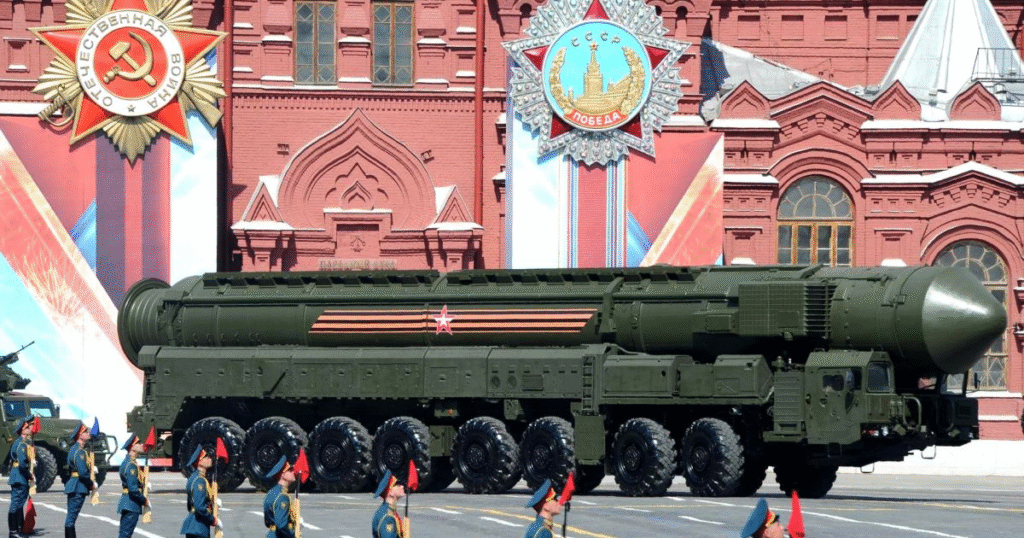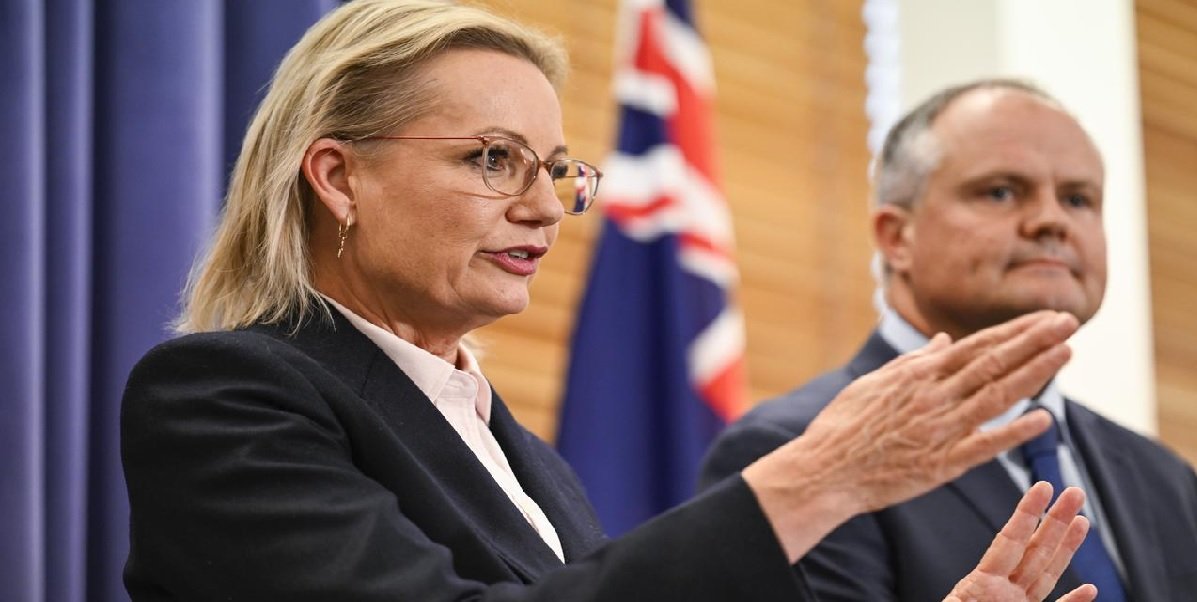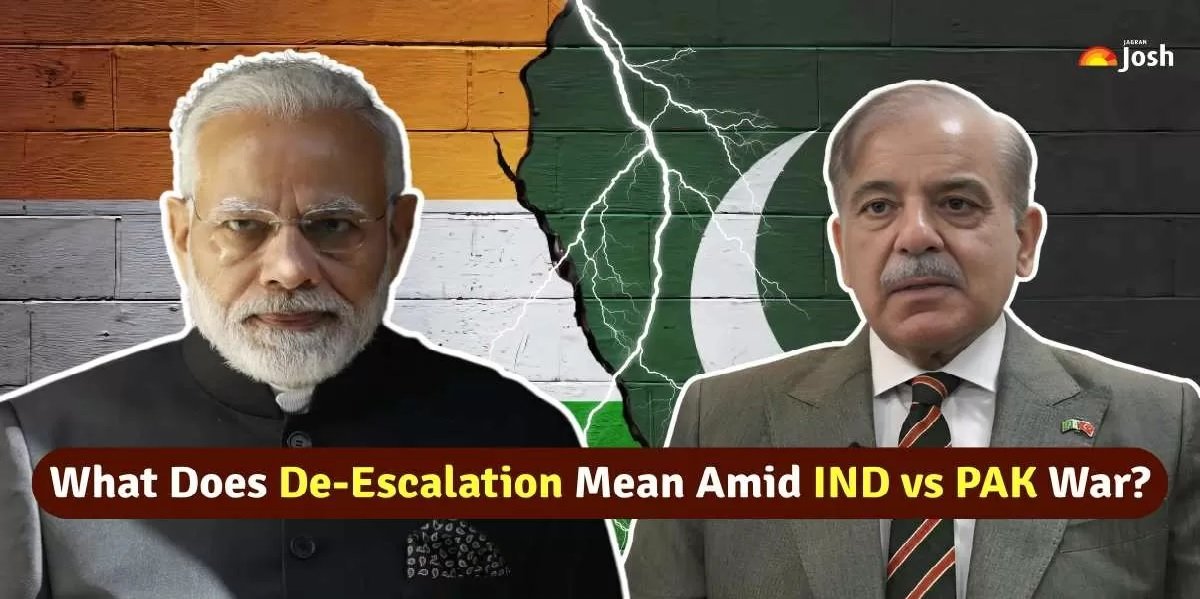India-Pakistan Tensions: A Deep Dive into a Complex Relationship
The relationship between India and Pakistan has been characterized by a complex interplay of shared history, cultural affinity, and deep-seated animosity. Born from the partition of British India in 1947, the two nations have engaged in multiple wars, numerous skirmishes, and a constant state of heightened tension. Understanding the multifaceted nature of this relationship requires a thorough examination of the historical context, the core issues that fuel the conflict, and the various attempts to navigate this delicate and often dangerous dynamic. This article aims to delve into the intricacies of India-Pakistan tensions, exploring the key factors that contribute to this enduring rivalry.
The Shadow of Partition and its Enduring Legacy
The partition of India in 1947, which led to the creation of Pakistan, remains a pivotal point in the history of the subcontinent and the genesis of the enduring tensions. The violent upheaval that accompanied the division, marked by mass migrations, communal riots, and loss of life, left deep scars on the collective psyche of both nations. This traumatic birth set the stage for a relationship often defined by suspicion and mistrust. The unresolved issues stemming from partition, particularly the status of Jammu and Kashmir, have continued to be major flashpoints, casting a long shadow over bilateral ties.
The differing narratives surrounding the events of 1947 and the subsequent wars have further solidified distinct national identities, often in opposition to the other. This historical baggage continues to influence political discourse and public perception in both countries, making reconciliation a challenging endeavor for India-Pakistan Tensions. Understanding the roots of India-Pakistan Tensions is crucial. This impacts the ongoing India-Pakistan Tensions. The complexities of India-Pakistan Tensions are evident. Ultimately, the history shapes current India-Pakistan Tensions.
The Kashmir Knot: The Core of the Conflict
At the heart of the India-Pakistan tensions lies the dispute over the region of Jammu and Kashmir. This strategically important and predominantly Muslim-majority territory was claimed by both nations at the time of partition. The first Indo-Pakistani War in 1947-48 resulted in the division of the region, with India administering Jammu, Kashmir Valley, and Ladakh, while Pakistan controls Azad Kashmir and Gilgit-Baltistan. The Line of Control (LoC) became the de facto border, a heavily militarized and frequently contested boundary.
The differing narratives surrounding the events of 1947 and the subsequent wars have further solidified distinct national identities, often in opposition to the other, contributing significantly to India-Pakistan Tensions. This historical baggage continues to influence political discourse and public perception in both countries, making reconciliation, and easing India-Pakistan Tensions, a challenging endeavor. India views Jammu and Kashmir as an integral part of its union, citing the legal accession by the then-Maharaja.
Pakistan, on the other hand, has historically advocated for a plebiscite to allow the Kashmiri people to determine their own future, aligning with the principle of self-determination. This fundamental difference in perspective has fueled decades of conflict, exacerbating India-Pakistan Tensions, including the 1965 and 1999 Kargil Wars, which remain key factors in the ongoing India-Pakistan Tensions. Understanding this history is crucial to grasping the complexities of India-Pakistan Tensions.
The presence of separatist movements within Indian-administered Kashmir, often allegedly supported by Pakistan, further complicates the issue. The revocation of Article 370 by India in 2019, which altered the special status of Jammu and Kashmir, triggered a fresh wave of condemnation from Pakistan and exacerbated bilateral tensions. The Kashmir conflict remains the most significant and seemingly intractable obstacle to lasting peace between the two nations.
Military Escalation and the Specter of Nuclear Weapons

The presence of two nuclear-armed states in close proximity dramatically amplifies the risks associated with any escalation of tensions. The military capabilities of both India and Pakistan are substantial, and the history of conflict underscores the potential for rapid and dangerous escalation. Recent years have witnessed periods of heightened military activity, including cross-border exchanges, heightened rhetoric, and troop deployments along the border. Events such as the Pulwama attack in 2019 and the subsequent Balakot airstrikes by India serve as stark reminders of the potential for conventional conflicts to spiral.
The nuclear dimension adds an unprecedented layer of complexity to the security calculus. While nuclear deterrence is intended to prevent large-scale wars, the risk of miscalculation, accidental escalation, or the use of tactical nuclear weapons in a conventional conflict remains a significant concern for the international community. The lack of consistent and robust dialogue mechanisms between the two countries to manage nuclear risks further exacerbates this danger. The imperative to avoid any conflict that could potentially escalate to the nuclear level underscores the urgent need for de-escalation and peaceful resolution of disputes.
Cross-Border Attacks and the Shadow of Terrorism
India has consistently accused Pakistan of supporting and harboring terrorist groups that carry out attacks within its territory, a major driver of India-Pakistan Tensions. These accusations often point towards the alleged provision of training, funding, and logistical support to militant organizations operating across the border, further exacerbating India-Pakistan Tensions. Major terrorist attacks in India, such as the Mumbai attacks in 2008 and the aforementioned Pulwama attack, have led to significant spikes in bilateral tensions and calls for strong action, deeply impacting India-Pakistan Tensions. The ongoing issue of terrorism remains a critical element in the complex web of India-Pakistan Tensions. Understanding this aspect is key to grasping the dynamics of India-Pakistan Tensions.
Pakistan, while denying direct involvement in these attacks, has also been a victim of terrorism, often originating from within its own borders and the wider region. The complex interplay of state and non-state actors, coupled with porous borders and historical grievances, contributes to the persistent challenge of cross-border terrorism. India maintains that a cessation of alleged Pakistani support for terrorism is a prerequisite for any meaningful dialogue and improvement in bilateral relations. This issue remains a major sticking point, hindering progress on other fronts.
The Line of Control (LoC): A Fragile Dividing Line
The Line of Control (LoC) in Jammu and Kashmir serves as the de facto border between the Indian and Pakistani-administered parts of the region. This heavily militarized line is a frequent site of ceasefire violations, with both sides accusing the other of initiating shelling and firing. These incidents not only result in casualties among military personnel but also impact the lives of civilians living in the border areas.
The rugged terrain and the presence of militant groups further complicate the security situation along the LoC, significantly contributing to India-Pakistan Tensions. While ceasefire agreements have been reached periodically, they have often been short-lived, failing to alleviate the underlying India-Pakistan Tensions. The constant tension and the potential for escalation along the LoC underscore the need for more effective mechanisms for communication and de-escalation to address India-Pakistan Tensions. These persistent issues highlight the enduring nature of India-Pakistan Tensions, requiring sustained efforts to mitigate the risks stemming from India-Pakistan Tensions.
Diplomatic Efforts and the Role of International Mediation

Despite the persistent tensions, there have been numerous attempts at diplomatic engagement between India and Pakistan over the years. Bilateral dialogues, often punctuated by periods of breakdown, have aimed to address the core issues and explore avenues for cooperation. However, these efforts have frequently been derailed by major events, such as terrorist attacks or military escalations.
International actors, including the United Nations, the United States, and various other countries, have at times played a role in mediating or facilitating dialogue between India and Pakistan. However, India has generally preferred bilateral discussions without external interference, while Pakistan has often sought greater international involvement, particularly on the Kashmir issue. The effectiveness of international mediation is often limited by the differing perspectives and priorities of the two nations. Nevertheless, the international community remains concerned about the potential for conflict in the region and continues to encourage peaceful resolution through dialogue.
Indo-Pak War: A History of Conflict
The history of India-Pakistan relations is marked by several major wars:
- The Indo-Pakistani War of 1947-48: Primarily fought over Kashmir.
- The Indo-Pakistani War of 1965: Resulted in a stalemate after intense fighting.
- The Indo-Pakistani War of 1971: Led to the independence of Bangladesh.
- The Kargil War of 1999: A limited conflict in the Kargil region of Kashmir.
These wars have had a profound impact on the relationship, shaping national narratives and reinforcing mutual distrust. While there have been periods of relative calm, the legacy of these conflicts continues to influence the security perceptions and strategic calculations of both nations. Understanding this historical context is crucial to comprehending the depth and persistence of the current tensions.
Terrorism: India’s Persistent Grievance
As previously mentioned, terrorism remains a central point of contention in the India-Pakistan relationship. India has consistently accused Pakistan of sponsoring cross-border terrorism, alleging that militant groups operating from Pakistani soil or Pakistan-administered territories are responsible for attacks in India. India has often presented evidence to support these claims and has called on Pakistan to take concrete action against these groups.
Pakistan, while condemning terrorism, has often denied direct involvement and has highlighted its own struggles with militancy. The issue of terrorism has become a major impediment to any sustained dialogue or improvement in bilateral ties. India’s stance has often been that dialogue can only resume meaningfully once Pakistan takes verifiable and irreversible steps to curb cross-border terrorism.
Ceasefire Violations: A Constant Source of Friction
Frequent ceasefire violations along the Line of Control (LoC) and the International Border (IB) are a persistent feature of the India-Pakistan security landscape. These violations, involving shelling and firing from both sides, often result in casualties and displacement of civilians. Each side typically blames the other for initiating these incidents. While ceasefire agreements have been put in place at various times, their implementation has often been inconsistent. These violations contribute to a climate of fear and mistrust, further straining bilateral relations and making it difficult to build confidence.
International Mediation: Limited Success
The role of international mediation in resolving India-Pakistan tensions has been varied and often met with limited success. While various countries and international organizations have offered their good offices, India has generally preferred to address issues bilaterally with Pakistan, without external interference, particularly on the Kashmir issue. Pakistan, on the other hand, has at times sought greater international involvement, hoping to bring more attention to the Kashmir dispute.
The differing perspectives on the desirability and scope of international mediation have often hindered its effectiveness. While the international community remains concerned about the potential for conflict and continues to urge dialogue, a lasting resolution ultimately depends on the willingness of India and Pakistan to engage constructively and address the underlying causes of their tensions.
“Operation Sindoor”: A Recent Point of Contention
The mention of “Operation Sindoor” suggests a recent military operation attributed to India. Without specific details provided in the initial prompt, it’s challenging to provide a comprehensive analysis of its context, objectives, and impact on India-Pakistan tensions. However, any significant military operation by either side in the sensitive border regions is likely to escalate tensions and draw strong reactions from the other. Understanding the specifics of “Operation Sindoor,” if it is a publicly acknowledged event, would be crucial to assessing its role in the current dynamics of the relationship. News reports and official statements from India would likely provide more context.
“Bunyan Marsoos”: Pakistan’s Reported Response

Similarly, “Bunyan Marsoos,” described as Pakistan’s reported military operation in response, needs further context. If this operation was indeed a reaction to “Operation Sindoor” or another perceived provocation, it would signify a cycle of escalation. The nature and scale of “Bunyan Marsoos,” along with Pakistan’s official statements regarding it, would be important in understanding the immediate aftermath and the potential for further escalation or de-escalation. Military responses often carry the risk of unintended consequences and can make diplomatic efforts more challenging.
Conclusion: Navigating a Perilous Path
The relationship between India and Pakistan remains one of the most complex and volatile in the world. The deep-rooted historical grievances, the unresolved issue of Kashmir, cross-border terrorism, and the nuclear capabilities of both nations contribute to a persistent state of tension. While diplomatic efforts and international mediation have been attempted, a lasting and comprehensive resolution remains elusive. Recent events, potentially including operations like “Operation Sindoor” and “Bunyan Marsoos,” underscore the continued risk of military escalation.
Moving forward, a sustained commitment to dialogue, confidence-building measures, and addressing the underlying causes of conflict are essential to navigate this perilous path towards a more peaceful and stable future for the subcontinent. The imperative to avoid conflict, particularly one with the potential for nuclear escalation, necessitates a renewed focus on finding common ground and fostering a relationship based on mutual respect and understanding. The journey towards peace will undoubtedly be long and challenging, but the stakes involved demand that both nations persevere in the pursuit of a more secure and prosperous future for their people.










